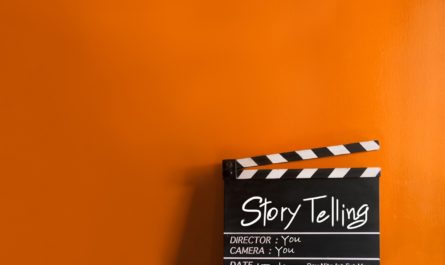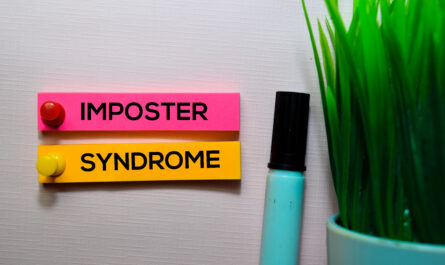Do you feel like your creativity is stuck in a rut? Do you struggle to come up with new ideas or feel like your work isn’t up to par? If so, Todd Henry’s book, The Accidental Creative, may be just what you need to unlock your creative potential. I found three key takeaways from the book that can help you harness your creativity in a way that allows you to produce consistently great work.
The Power of Routine
Henry argues that creativity is not just about waiting for inspiration to strike. It’s important to cultivate a routine that allows you to consistently produce good work. This means dedicating time each day or week to work on creative projects, even if you don’t feel particularly inspired. By doing this, you’ll train your brain to be more creative and productive and increase your chances of coming up with great ideas when you need them.
Henry suggests that you should create a structure for your day that allows you to focus on the most important tasks during your most productive hours. You can also develop a daily routine that involves activities that stimulate your creative thinking, such as journaling, meditating, or exercising. By integrating these activities into your daily routine, you’ll be able to tap into your creativity more easily and consistently.
The Importance of Rest
Another key point that Henry emphasizes in his book is the importance of rest. While it may seem counterintuitive, taking breaks and allowing yourself to rest is actually an important part of the creative process. Henry argues that when you’re constantly working and pushing yourself, you’re more likely to experience burnout and creative block. By taking time to rest and recharge, you’ll actually be more productive and creative in the long run.
Henry suggests that you should take breaks throughout the day, and incorporate a sense of play into your work. This can include activities such as going for a walk, practicing a hobby, or simply daydreaming. By incorporating play and rest into your routine, you’ll be able to recharge your creative batteries and come up with fresh ideas.
Embracing Constraints
The final key point that Henry discusses in his book is the importance of embracing constraints in the creative process. While it may seem like having limitations would stifle your creativity, Henry argues that constraints can actually be a powerful tool for sparking new ideas. By setting boundaries or limitations for yourself, you’re forced to think more creatively and find new solutions to problems. Henry suggests that you should embrace constraints by setting specific goals or deadlines for your creative projects. This will help you focus your efforts and generate more innovative and interesting work.
Conclusion
The Accidental Creative is a valuable resource for anyone who wants to tap into their creative potential. By embracing routine, rest, and constraints, you can unlock your creativity and consistently produce great work. Incorporating these strategies into your daily routine may take some time and effort, but the results will be well worth it. So if you’re feeling stuck or uninspired, consider giving this book a read and implementing some of Henry’s strategies into your creative process. You might just surprise yourself with what you’re capable of.




